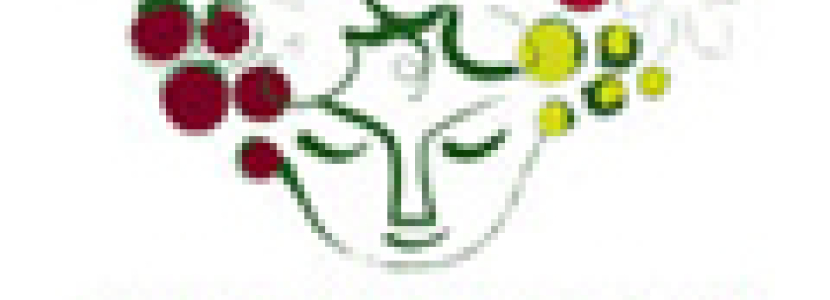
Palencia has opted to combine the attractions of its wineries with its rich natural and cultural heritage through the launching of "Palencia, art and wine itineraries". As from next spring, tourists will have an additional reason to choose the province of Castilla-León as their destination.
This initiative, announced by the County Council of Palencia at the latest edition of FITUR (International Tourism Fair), is aimed at uniting the efforts of eight wineries in the area: Ladrero, Esteban Araujo and Vitivinícola de Torquemada, located in the town of Torquemada; Remigio de Salas Jalón located in Dueñas; Venancio Aragon, in the municipality of Castrillo de Don Juan; Zarzavilla based in Fromista; Pagos de Negredo, located in the town of Quintana del Puente; and finally Bodega Barrialba, located in Venta de Baños.
These wineries will offer tourists the opportunity to get to know the province through its wine, culinary, artistic and cultural traditions. Tourists will be offered a package including guided tours of the wineries and vineyards, and the chance to savour the area’s excellent Castilian cuisine and discover the works of art and landscapes of Palencia. In addition, the programme will also include the tasting of the area’s different wines, some of which come under the Cigales Designation of Origin, occupying both banks of the River Pisuerga in the provinces of Palencia and Burgos. It is worth drawing attention to the aromatic and fresh rosé wines of Cigales, and the experimental red wine blends from tempranillo and cabernet-sauvignon grapes, among others.
After the wine activities, visitors can tour the province, which the largest number of Romanesque monuments in Europe, taking for instance the pilgrims’ route to Santiago, dotted with large Romanesque parish churches, humble country hermitages, monasteries, christening fonts and capitals. Besides the countryside, a visit to Palencia is a must. The city has one of the most outstanding cathedrals in Spain, known with reason as the “Unknown Beauty”. With an austere exterior and a well-balanced Gothic interior, it is built on Romanesque foundations and has a spectacular Visigothic crypt.
And after a busy day sightseeing, visitors can sample the area’s rich cuisine, featuring mixed vegetables, pork products, legumes and Castilian lamb; savoury dishes with which to end the trip with a pleasant taste in one’s mouth.




